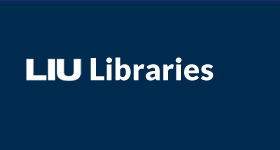Abstract
Sign language, unlike spoken languages, relies on the use of different parameters, such as handshapes, movements, and facial expressions, to communicate. American Sign language has a rich history and was developed to create an accessible language for individuals regardless of hearing status, as well as an effective education for d/Deaf individuals. Elements of Deaf education when implemented in hearing curriculums could provide benefits for hearing students. Deaf curriculums are created to adapt to the challenges that Deaf students face, who in many ways face greater challenges than hearing students. Deaf curriculums are designed to compensate for these challenges and are therefore equipped to not only help Deaf students but hearing students as well. Sign language supports language development for children regardless of their hearing and provides an additional method of communication for students who have difficulty communicating verbally. Research has demonstrated that sign language integrated into already existing teaching methods has had an impact on a child’s ability to receive information, express their ideas, and develop vocabulary. Also, sign language gives additional clarification to difficult words and concepts in English; By giving words an additional interpretation, concepts like homophones, or words that look and sound the same but have different meanings, become easier to understand because there is a sign for each meaning. Sign language utilizes expressive and receptive skills, as the language is communicated through visual and expressive signs giving a new method to differentiate learning for visual and kinesthetic learners. Elements of Deaf curriculums can be integrated into curriculums for hearing students that already exist. As schools begin to integrate new populations of students, teachers are continually gaining insight into how to teach students who require different modes of teaching. Additionally, teachers are gaining new insight into different forms of communications and how to create effective education environments for all learners.
Keywords
deaf education, sign language, ASL, education, instructional strategies
Document Type
Thesis
Year of Completion
2020
Major
Childhood Education/TESOL
Advisor
Dr. Karleen Goubeaud
Academic Department
Teaching and Learning
Recommended Citation
LaPorta, Taylor, "The Benefits of Sign Language Integration for the Hearing Classroom" (2020). Undergraduate Honors College Theses 2016-. 91.
https://digitalcommons.liu.edu/post_honors_theses/91
Included in
Bilingual, Multilingual, and Multicultural Education Commons, Early Childhood Education Commons
